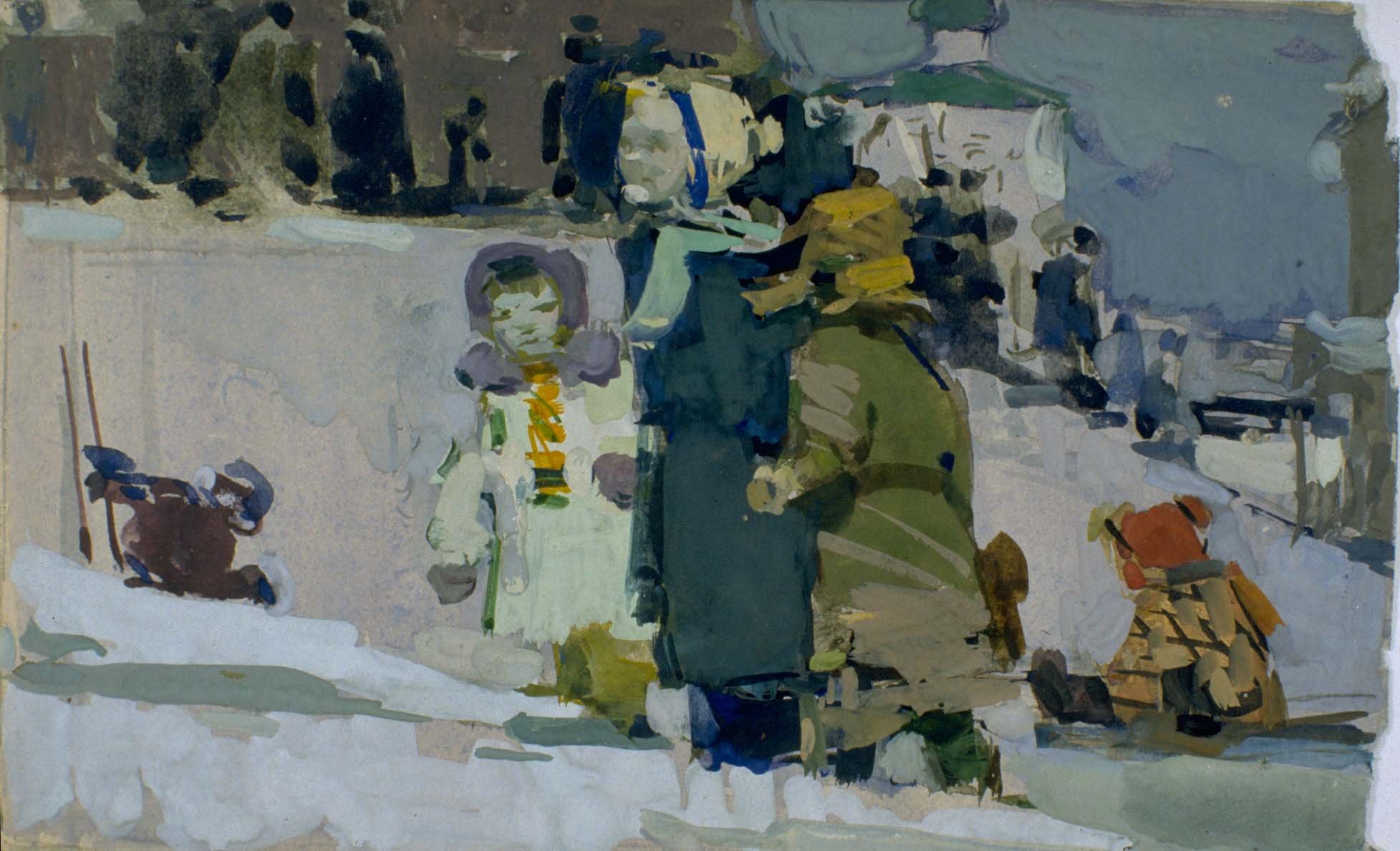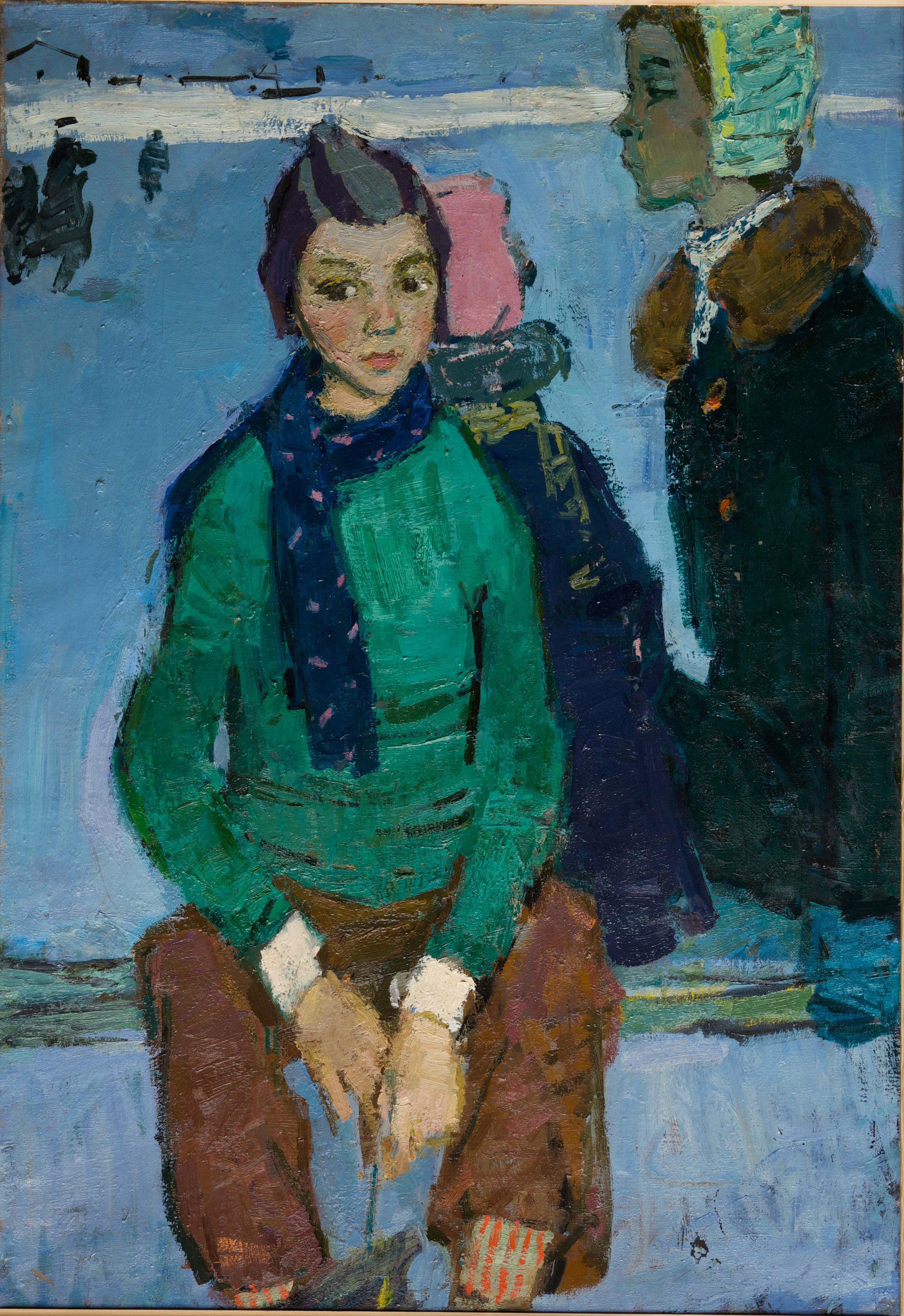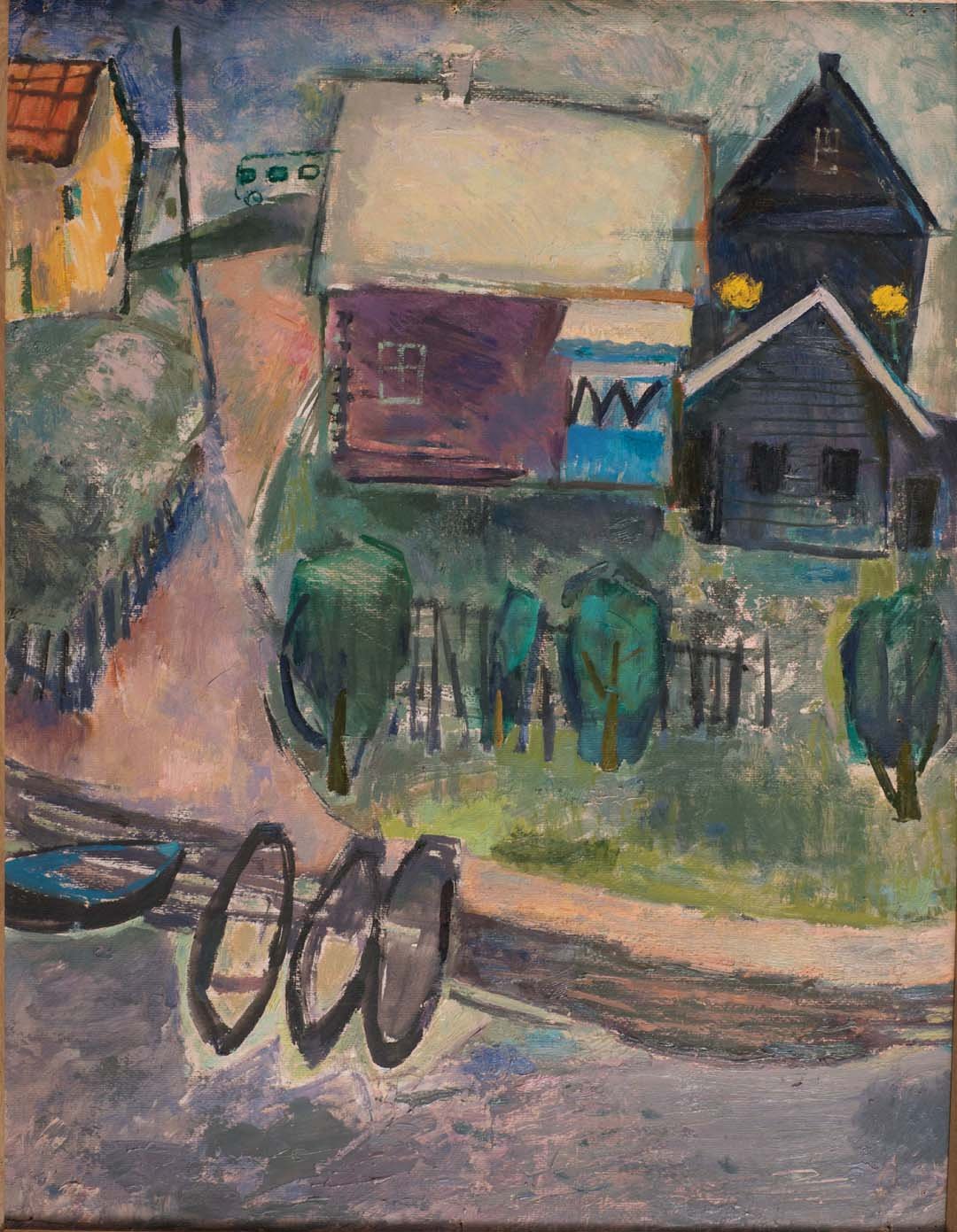In the Eyes of a Child
Dreams and survival during and after the war
Portrait, Nizhny Tagil, 1942
Portrait of a Boy, 1942–46.
Portrait, ca. 1942–46
Young Woman in a Downy Shawl, 1947
Portrait of a Boy, 1950. Oil on canvas
Craftsmen-Apprentices, 1954-1958
Childhood memories of Ukraine
First News: The Revolution 1917, 1956, oil on canvas
Private moments. At Home. The 1940s
Untitled, 1950s, watercolor, gouache, paper
Untitled, 1950s, watercolor, gouache, paper
Untitled, 1946-50s, watercolor, gouache, paper
Untitled, ca. 1950s, watercolor, gouache, paper
Untitled, ca. 1945-1950s, watercolor, gouache, paper
The Thaw
Hope and healing. 1950s
Untitled, 1950s. Gouache, ink, paper
Untitled, ca. 1958. Pencil, ink, paper
Leaders and Children
Socialist Realism. 1955
Lenin and Children
Kirov and Children
Zhdanov and Children
Leaders and Children series, 1955. Oil on canvas. Photo. On permanent exposition at The Palace for Young Pioneers, now Anichkov Palace, Leningrad, 1955-94.
Children at play
In seasons. The 1950s
Untitled, ca. 1955-59, Pskov or Nizhny Tagil. Watercolor, gouache, paper
Untitled, 1950s. Watercolor, gouache, paper
Untitled, 1950s. Gouache, paper
Contour and color
The 1950s
Children, At Skating Rink, 1959. Oil on canvas
Young Woman in a Blue Beret. Valya’s Portrait, 1958–60. Oil on canvas
Woman in Blue Head Scarf, 1959. Oil on canvas
Old Man in Red Shirt. Old Miner, 1958. Oil on canvas
Make-believe
Metaphor and abstraction
Holiday at River Volkhov, Leningrad, 1965. Oil on board
Household Store, Khozmag, 1964. Oil on board
Sketch for Household Store, Khozmag, 1963–64. Pencil on paper
Ficus, 1965. Oil on board
Boats at the River Bank, 1962. Oil on board
Windows, 1959–65. Pencil on paper
Untitled, 1959–65. Pencil on paper
How Parents’ Trauma Leaves Biological Traces in Children
Rachel Yehuda
Epigenetics potentially explains why effects of trauma may endure long after the immediate threat is gone, and it is also implicated in the diverse pathways by which trauma is transmitted to future generations.
The implications of these findings may seem dire, suggesting that parental trauma predisposes offspring to be vulnerable to mental health conditions. But there is some evidence that the epigenetic response may serve as an adaptation that might help the children of traumatized parents cope with similar adversities. Or could both outcomes be possible? . . .
The hope is that as we learn more about the ways catastrophic experiences have shaped both those who lived through those horrors and their descendants, we will become better equipped to deal with dangers now and in the future, facing them with resolution and resilience.
This article was originally published with the title "Trauma in the Family Tree" in Scientific American 327, 1, 50-55 (July 2022)



































